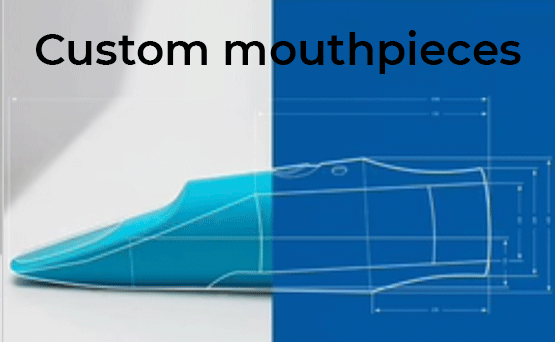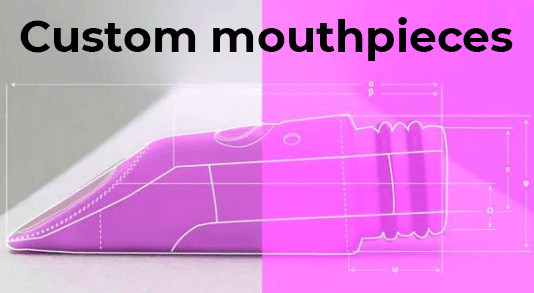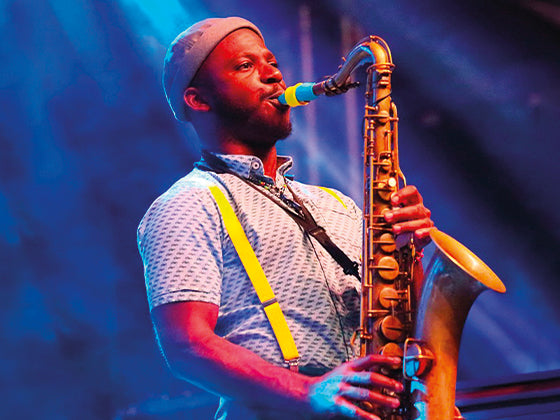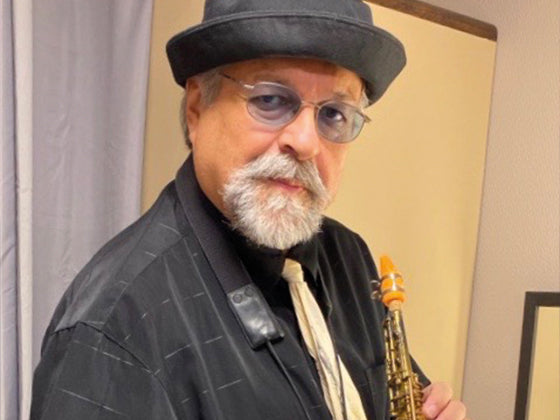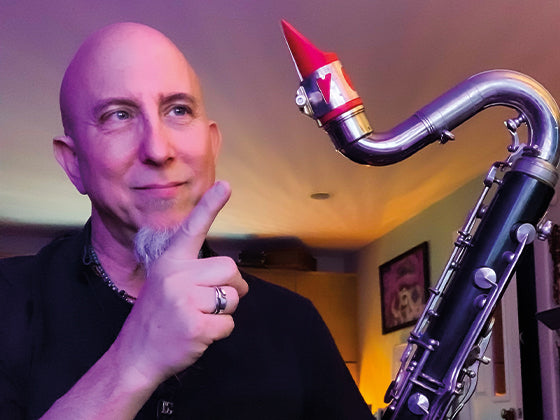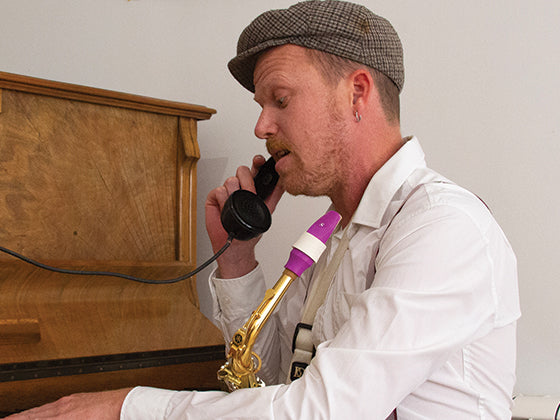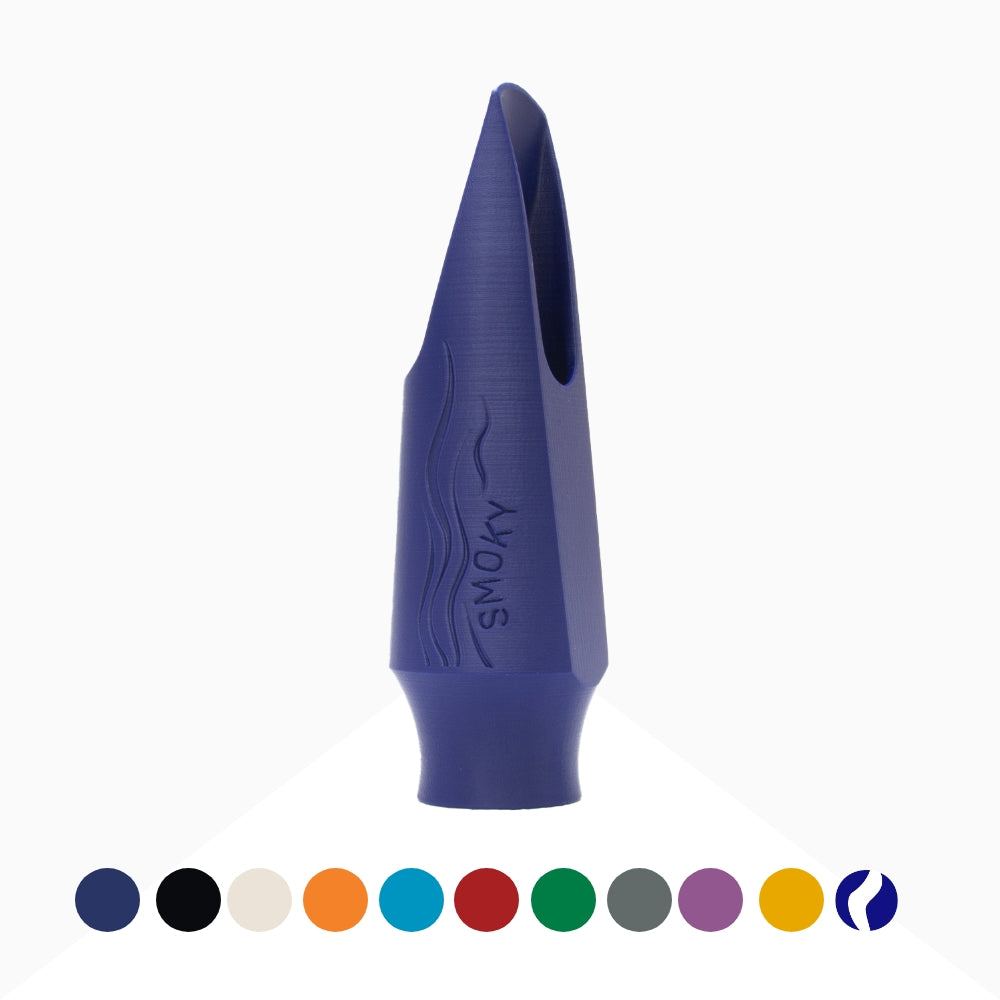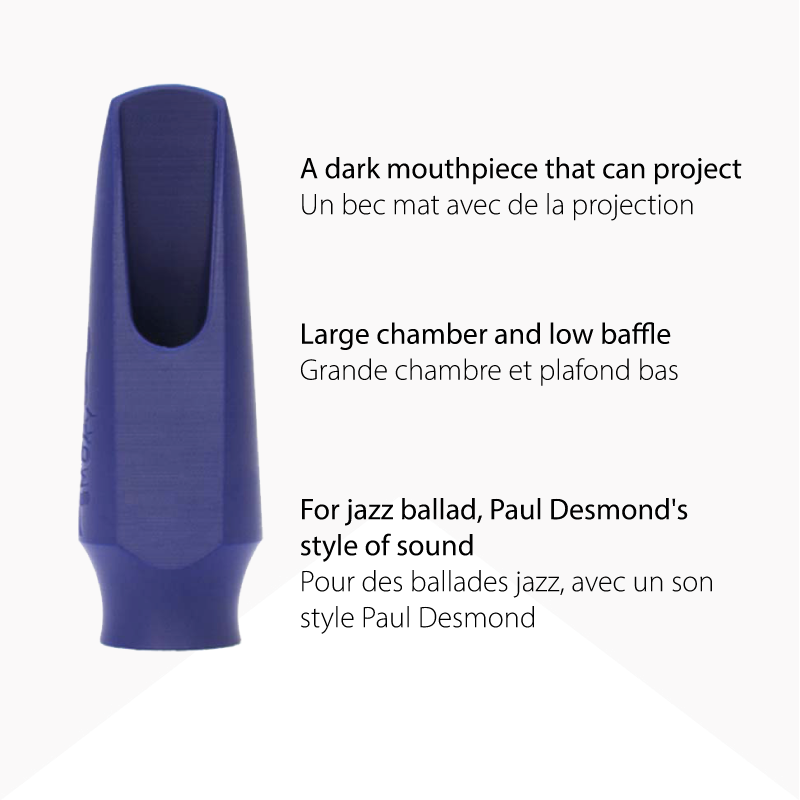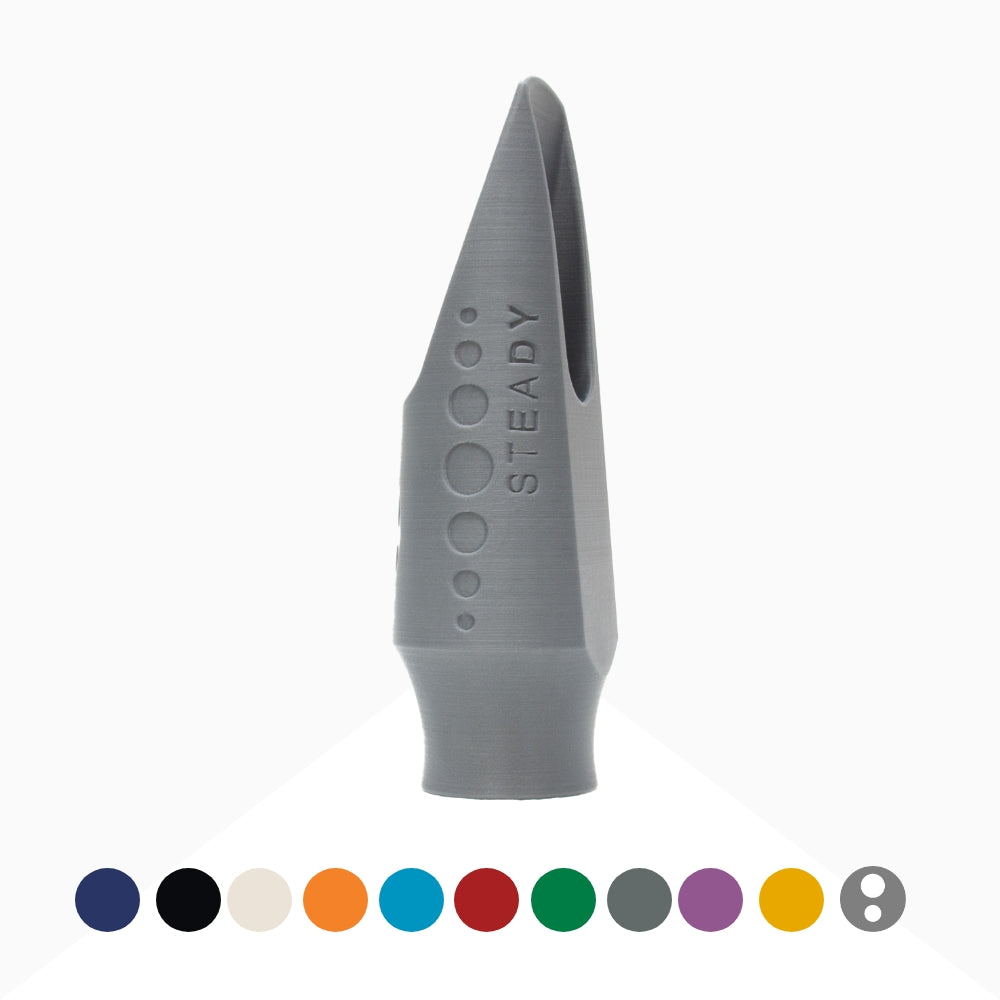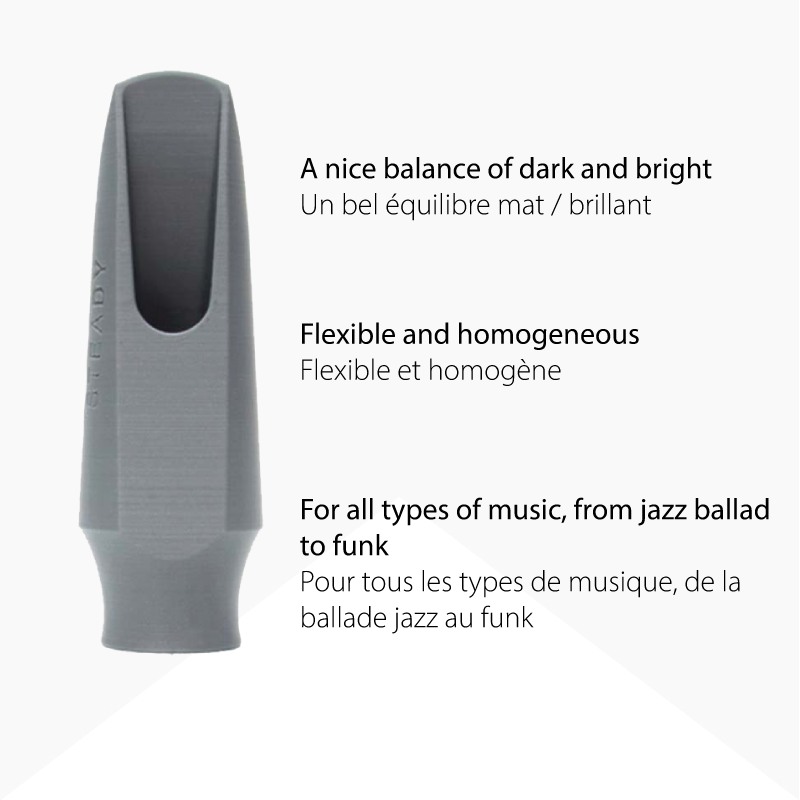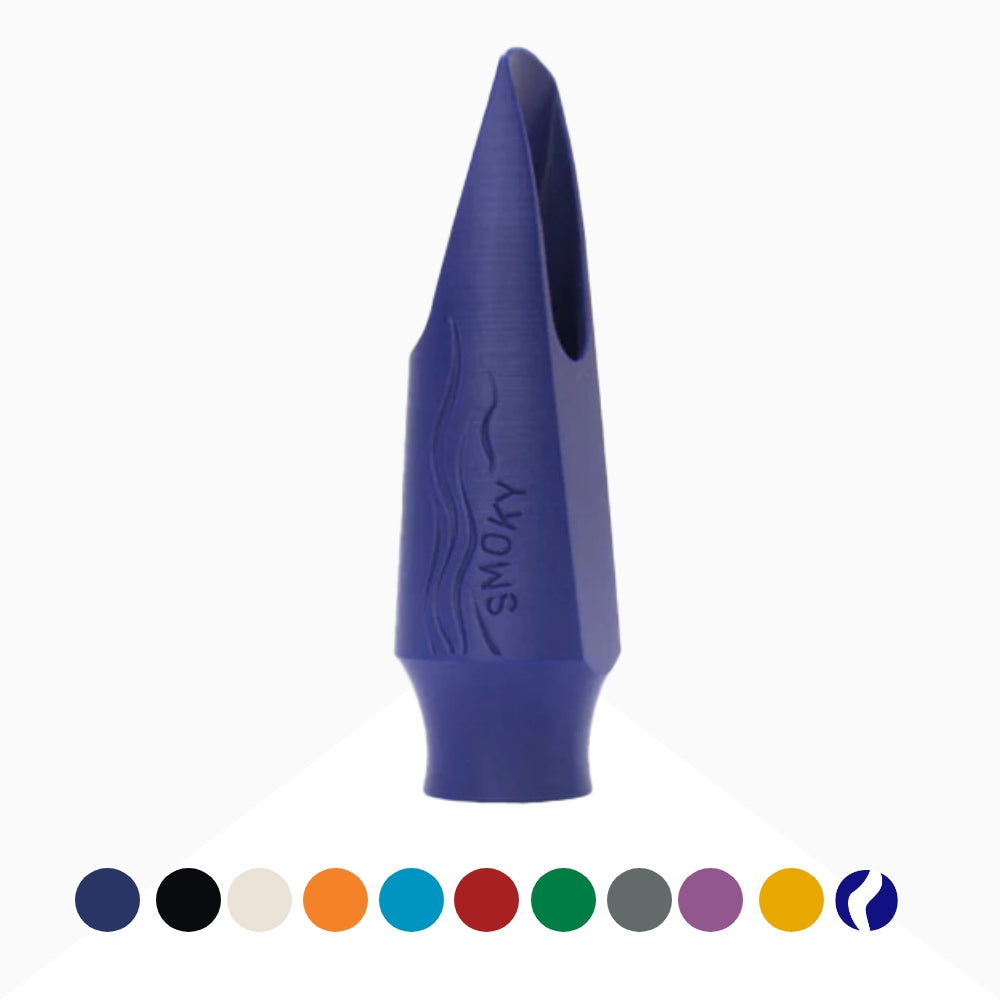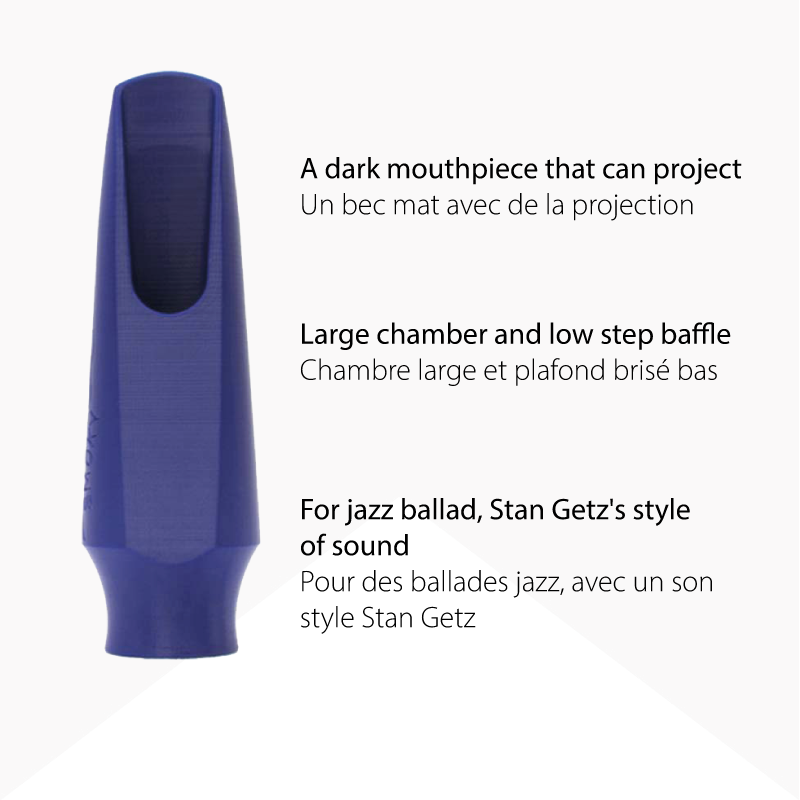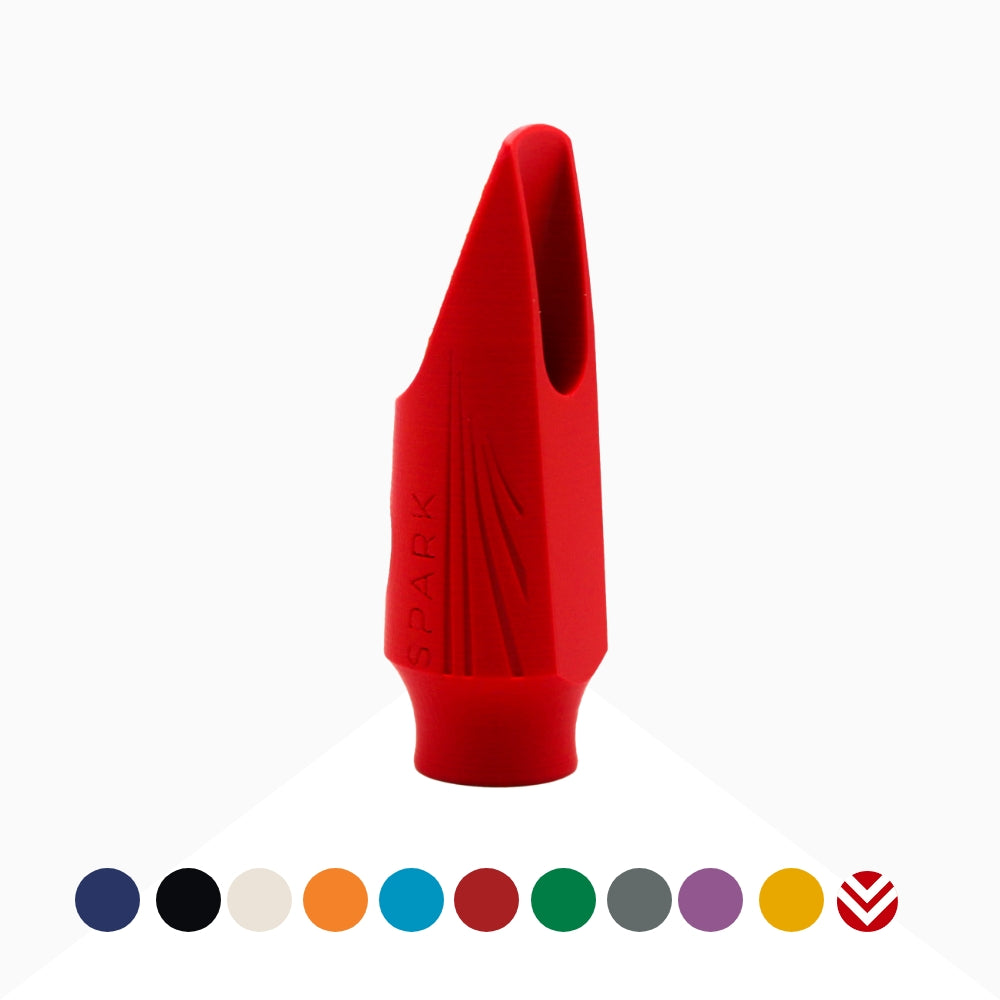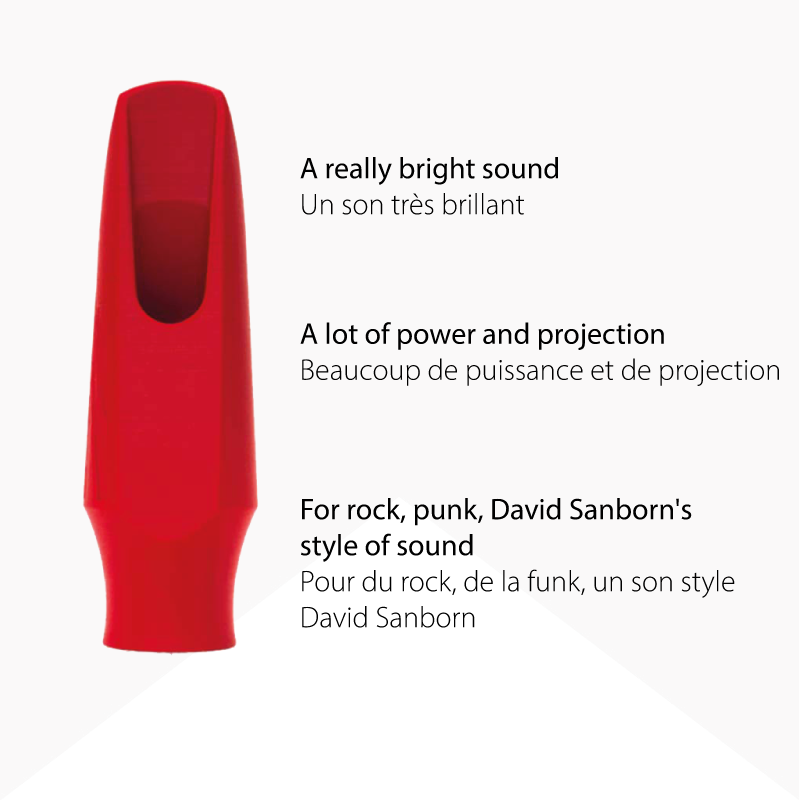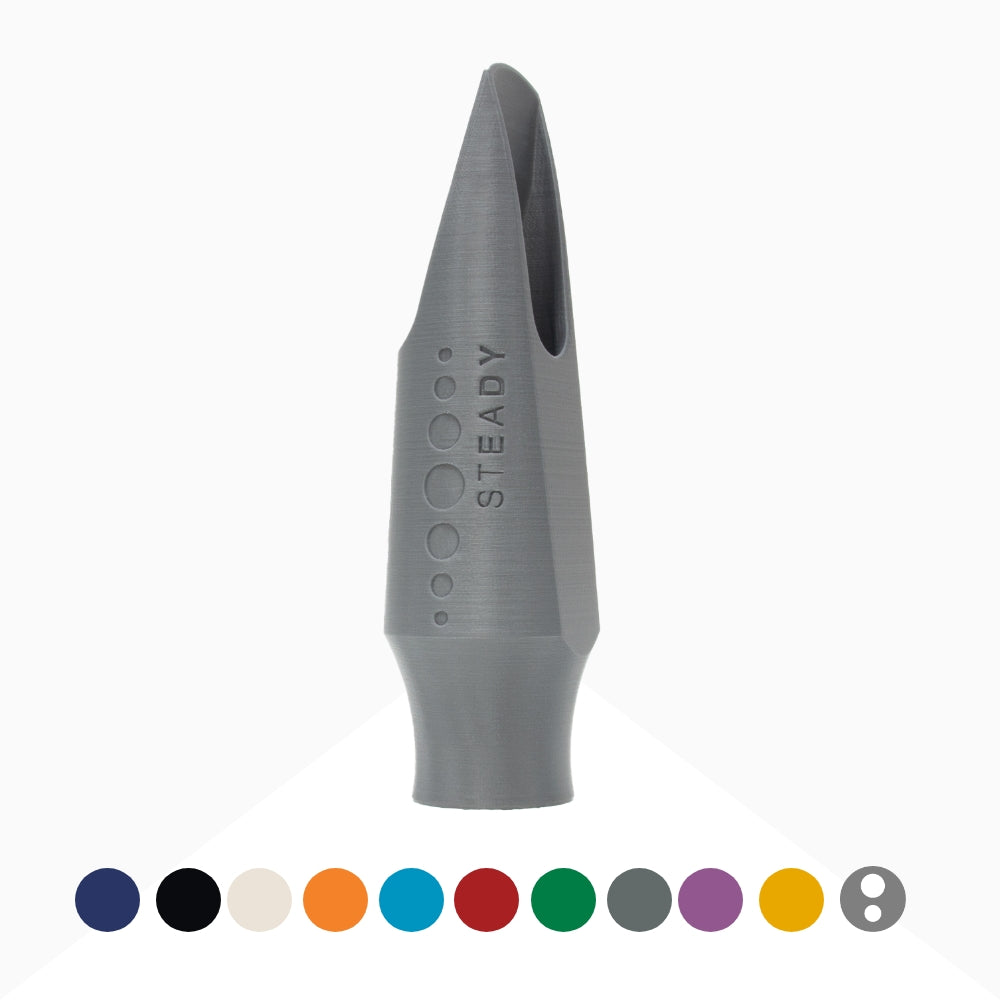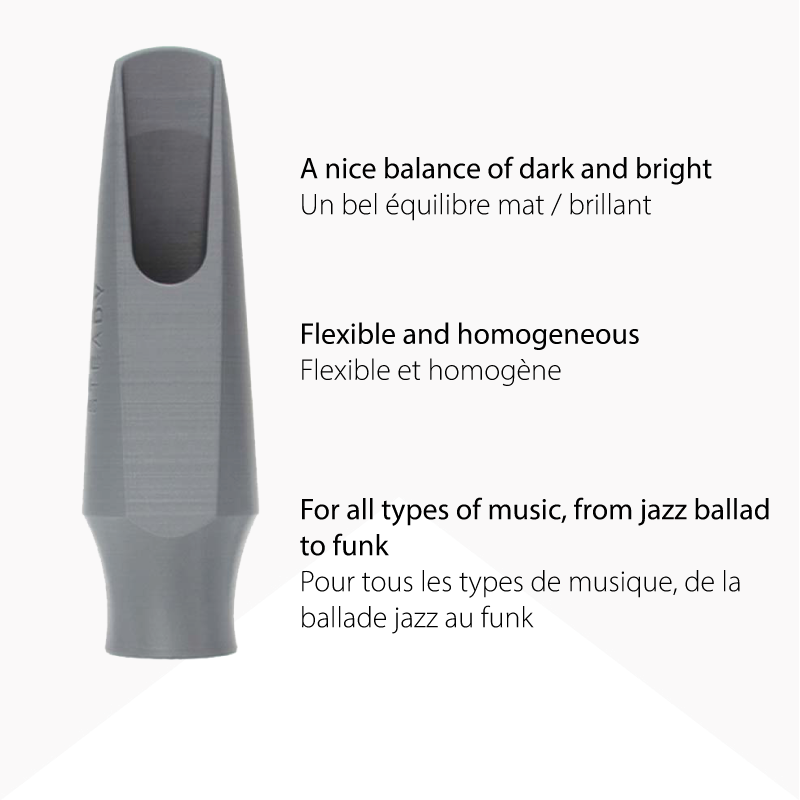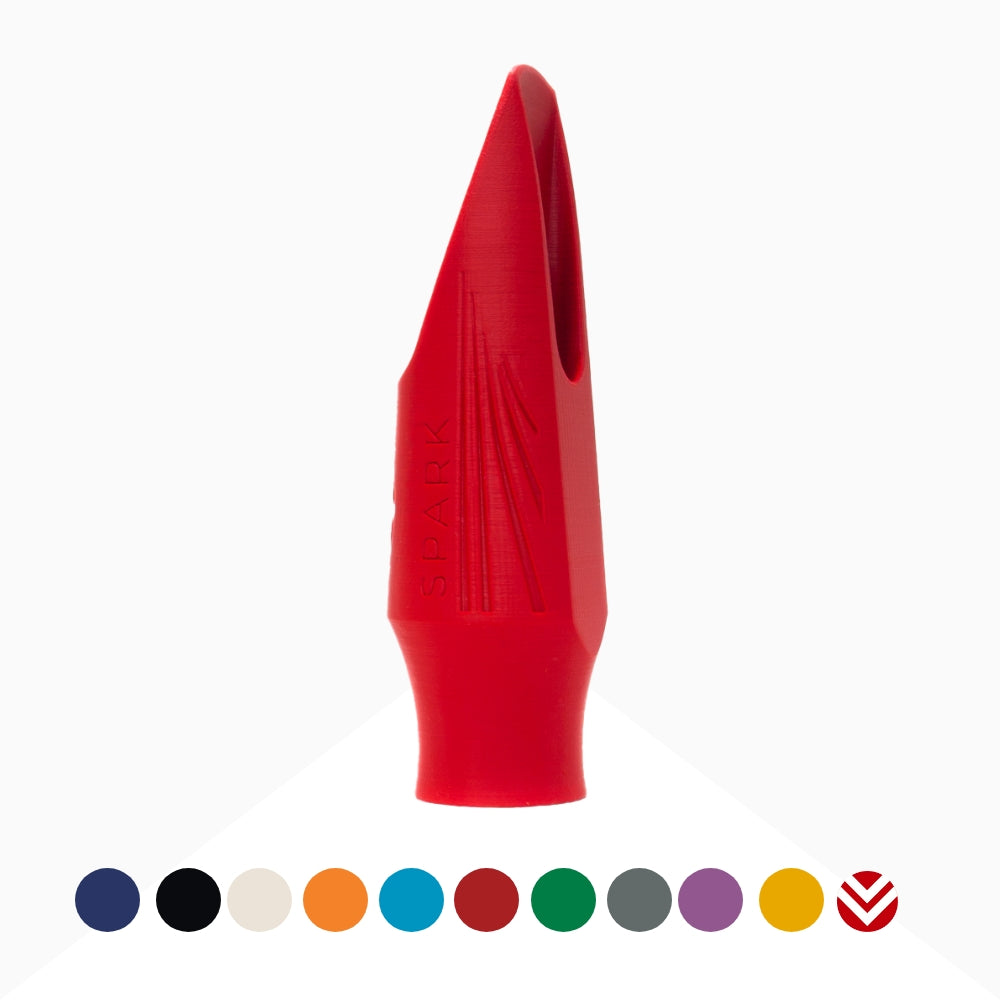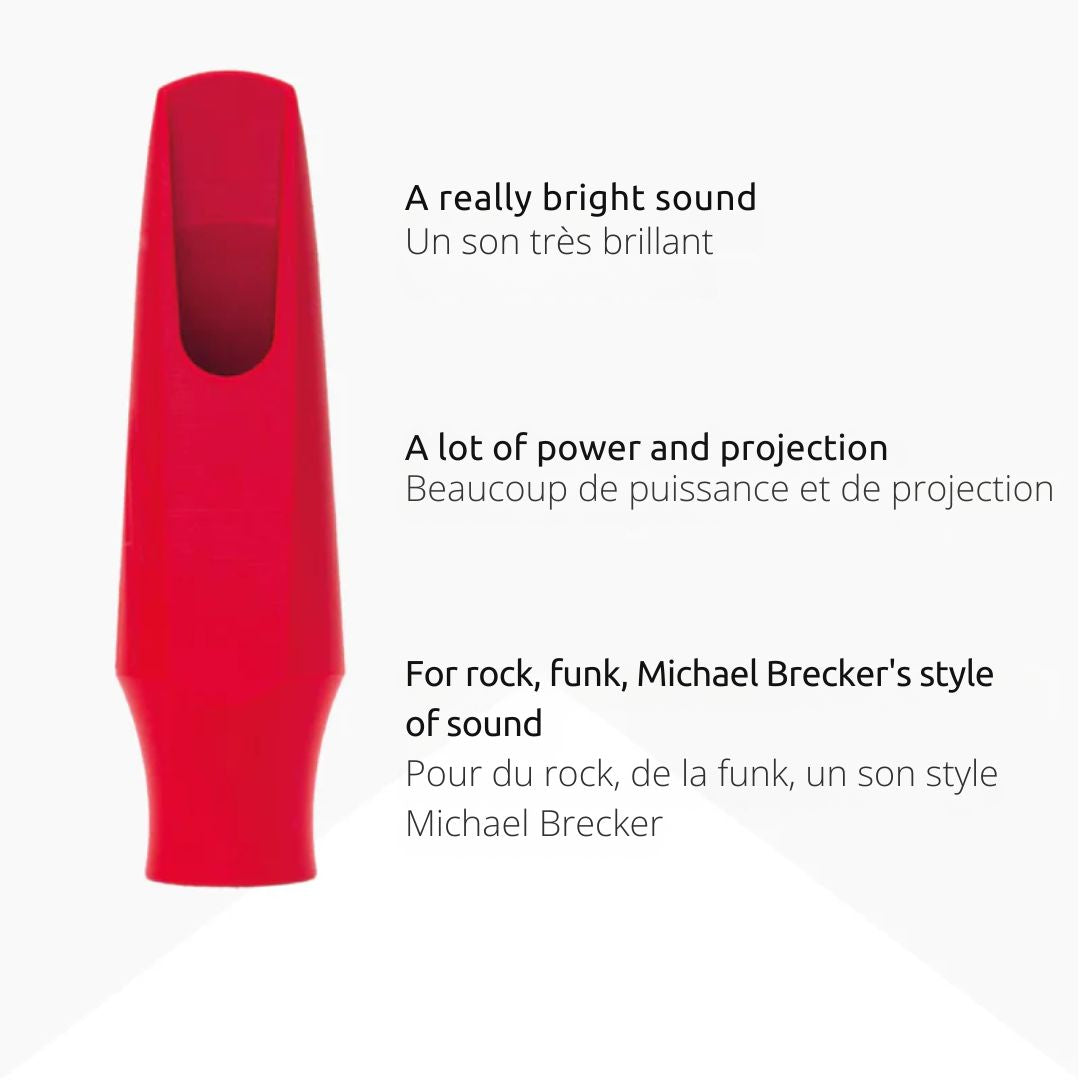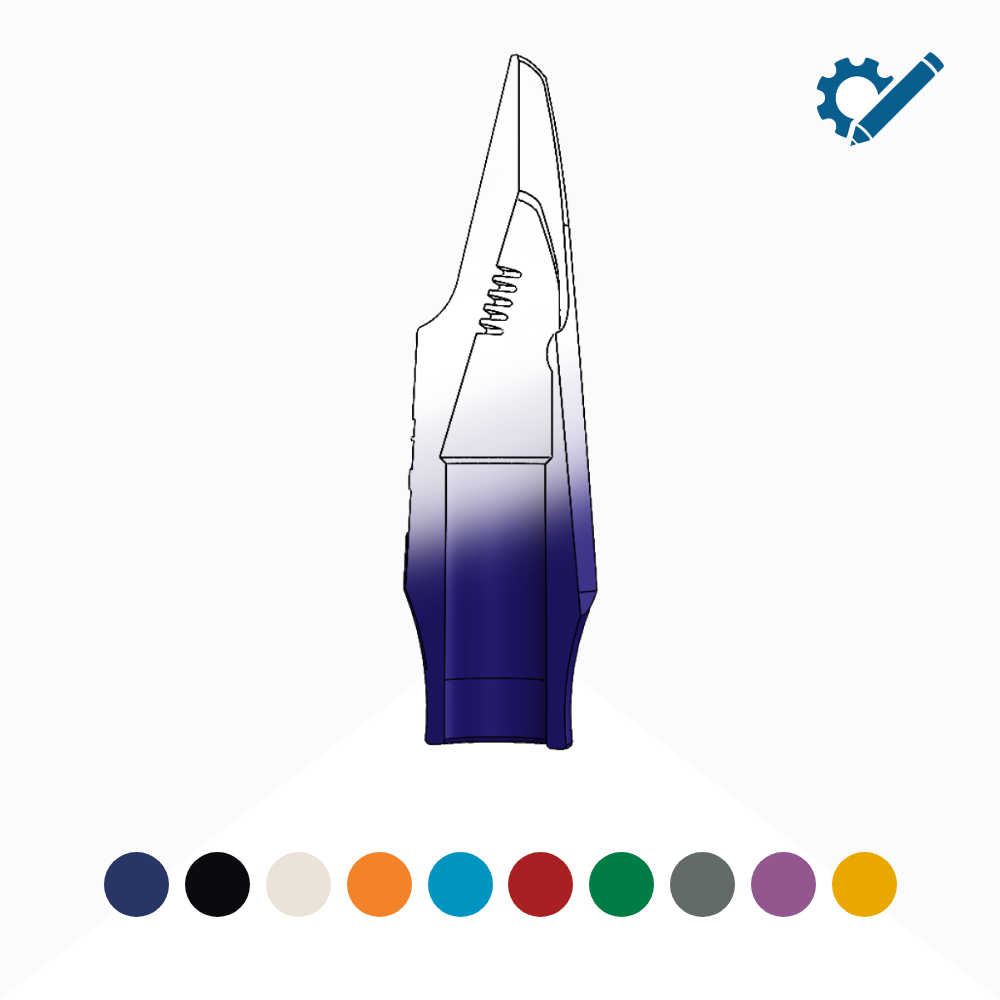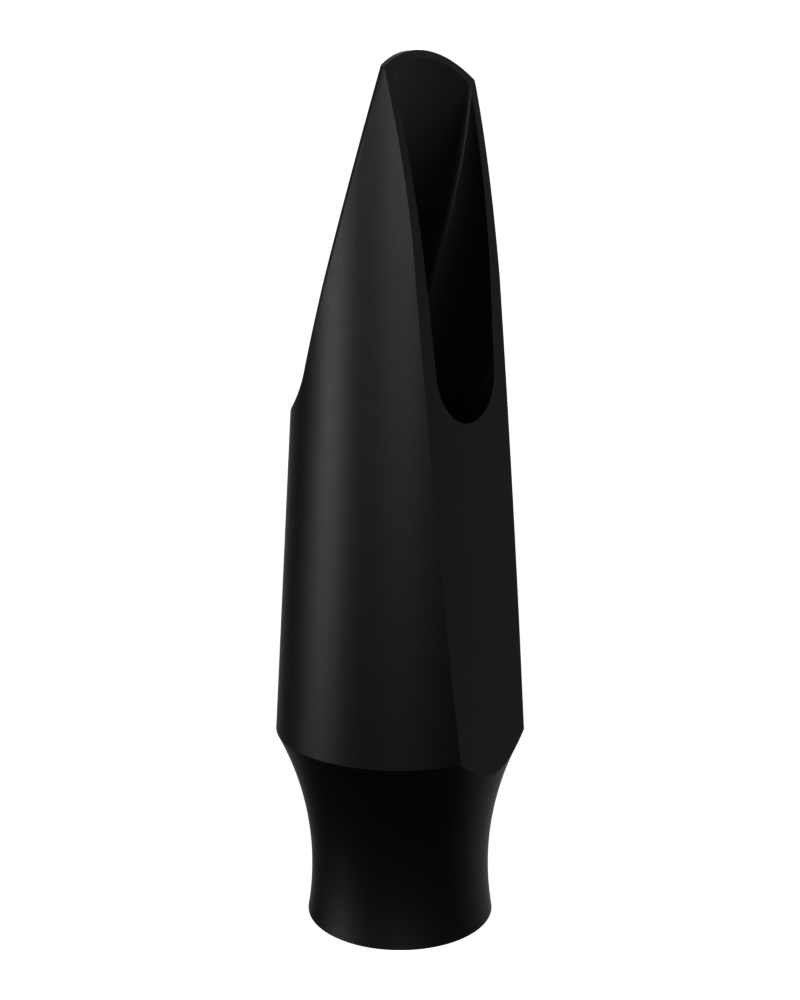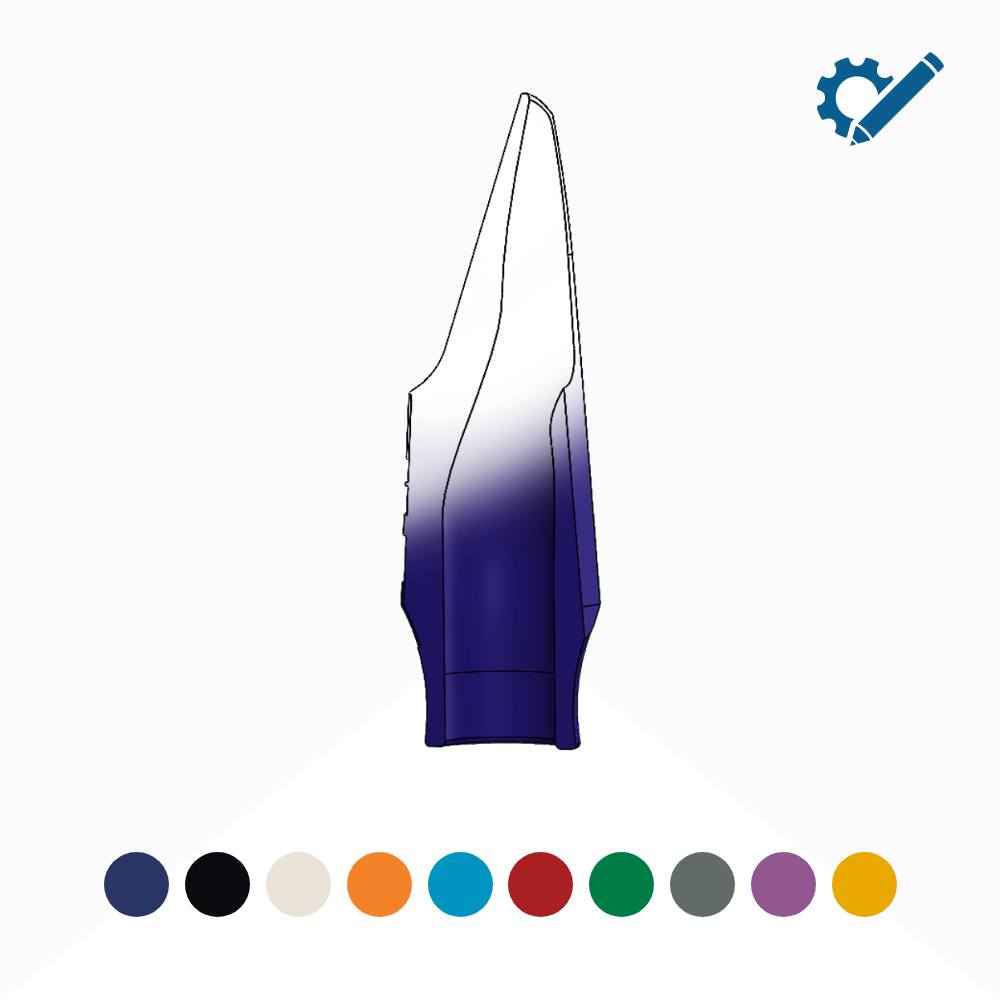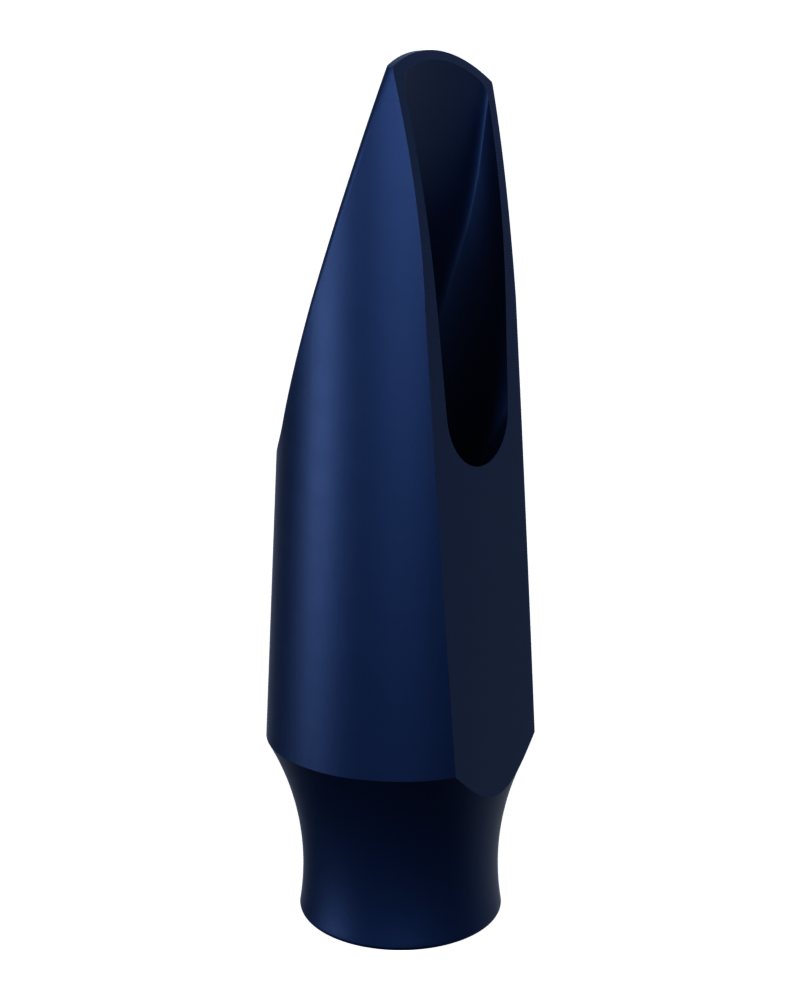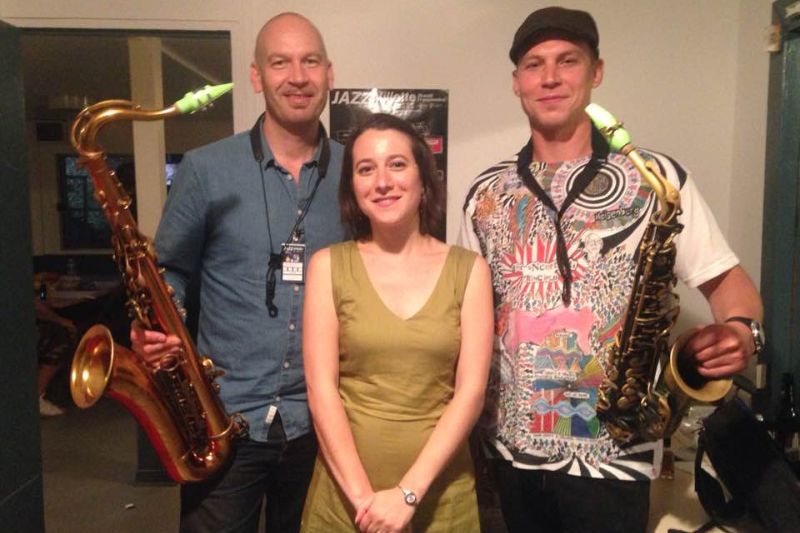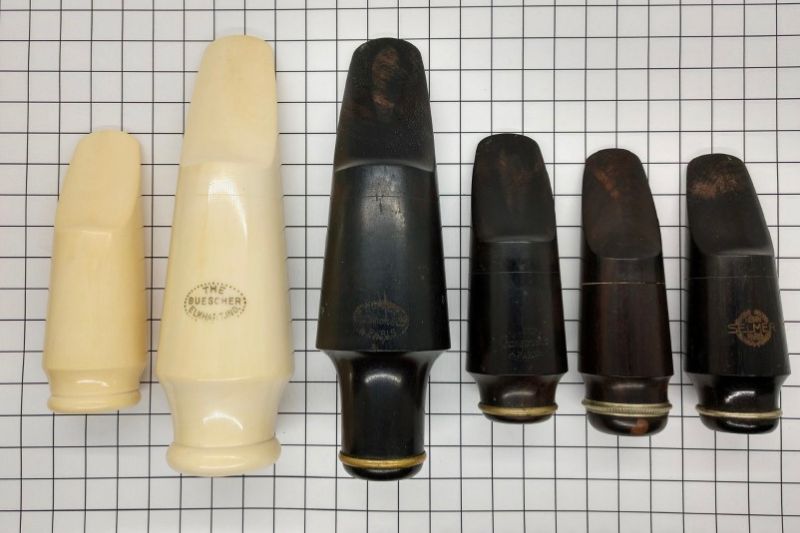Selecting the perfect saxophone mouthpiece is a crucial decision for any saxophonist. Whether you're a beginner or a seasoned pro, the right mouthpiece can significantly impact your sound, playability, and overall musical experience. To help you make an informed choice, we've compiled a list of essential questions you should ask yourself before making your decision.
Table of Contents
- What type of saxophone do you play?
- What is your skill level?
- What style of music do you primarily play?
- What is your desired tone?
- How much air support can you provide?
- How important is versatility to you?
- How does your current mouthpiece feel?
- How much time can you invest in adapting?
1. What type of saxophone do you play?
- Alto?
- Tenor?
- Soprano?
- Baritone?
- C-melody?
- Sopranino?
It may sounds like a silly question but I already saw some people asking if they could use the same mouthpiece for their alto and tenor...
So here it is, once and for all. Each type of saxophone requires a specific mouthpiece size and design. Ensure you're looking at mouthpieces designed for your particular instrument.
Of course when you are looking for a rare instrument like C-melody or Sopranino, it can be difficult to find a mouthpiece in the market. But fortunately, Syos is here for you and we can make a special custom mouthpiece for you.
2. What is your skill level?
Your experience level influences mouthpiece selection:
- Beginner: Look for more forgiving mouthpieces with smaller tip opening. For beginners we usually advice to go for the Smoky or Steady from our Originals collection and take them in a 5 tip opening. Don't go for the Spark or any other mouthpieces with a step baffle. These mouthpieces are more difficult to control and you will get a lot of squeaks for them.
- Intermediate: Consider mouthpieces that challenge you slightly but try not to get something too different from your previous mouthpiece. For example if your previous mouthpiece was a Selmer C*, maybe directly jumping into a mouthpiece with a big step baffle and an 8 opening isn't the best solution. Move one step at a time and choose a mouthpiece with a 6 or 7 opening and an easy-to-play baffle (Rollover, circular or curved are great).
- Advanced: That's a time where you can explore more options.
3. What style of music do you primarily play?
Musical genres often require different tonal characteristics:
- Classical: Focused, warm tone. Mouthpieces for classical music have usually a straight baffle with a medium chamber and the opening is small (around 5). In Syos collection you can check the signature models we developed for Jordan Reed and Sarah Dunbar.
- Jazz: Broader, more flexible sound. There are so many different sounds in Jazz, it goes from really dark and warm like Stan Getz to really bright and powerful like Michael Brecker. So if you play jazz let's jump to the next section!
- Pop, Rock, Funk, Brass Band: Bright, projecting tone. For these styles, people usually choose a mouthpiece with a big step baffle and a medium to small chamber like the Spark or the Scott Paddock signature mouthpiece on tenor for example.
4. What is your desired tone?
Consider the tonal qualities you're aiming for:
- Bright and projecting
- Dark and mellow
- Balanced and versatile
These are the 3 main categories of sound. That's why we created an Originals mouthpiece for each of them. Smoky for Dark and mellow, Steady for Balanced and versatile and Spark for Bright and projecting.
If you have a more precise idea of the sound you are looking for, then you can look deeper into our signature collection or even choose a custom mouthpiece made according to your own specifications.
5. How much air support can you provide?
Assess your embouchure strength and air support capabilities:
- Strong, developed embouchure: Consider larger tip openings
- Developing embouchure: Start with more conservative designs with smaller tip openings
Large tip opening will give you more power and flexibilty but it will also require more air support so it can feel more resistant at first. You can check this article to learn more about the influence of the tip opening.
6. How important is versatility to you?
Determine if you need a specialized or versatile mouthpiece:
- Multi-genre performer: Look for versatile designs
- Genre specialist: Consider mouthpieces optimized for your style
Versatile designs are usually mouthpieces with "medium everything", medium chamber, medium baffle... As we mentioned earlier, if you switch a lot between genres, then a great option is the Steady model.
7. How does your current mouthpiece feel?
Reflect on your current mouthpiece:
- What do you like about it?
- What would you like to improve?
This insight can guide your new mouthpiece selection. It's usually the first questions I ask to artists in order to design a custom mouthpiece for them. Don't hesitate to contact our customer support at contact@syos.co to with the answers to these questions, we will be able to help and suggest some great models for you!
8. How much time can you invest in adapting?
Be prepared for an adjustment period:
- Are you ready for some practice time with the new mouthpiece?
- Do you have upcoming performances to consider?
Switching mouthpieces often requires patience and dedication. Depending on the time you want to invest you have to choose if you want your new mouthpiece to be close to the one you are currently playing (less adaptation time) or to be really different (bigger adaptation time).
Conclusion: Finding Your Perfect Saxophone Mouthpiece
Choosing the right saxophone mouthpiece is a personal journey that requires careful consideration of your playing style, skill level, and musical goals. By asking yourself these questions, you'll be better equipped to make an informed decision. Remember, there's no one-size-fits-all solution, so don't be afraid to experiment and seek advice from experienced players or professional saxophone technicians.
At Syos, we understand the importance of finding the perfect mouthpiece. Our team of acousticians and musicians is dedicated to helping you discover the ideal mouthpiece for your unique needs. Whether you're looking for a standard model or a custom-designed piece, we're here to guide you through the process and ensure you find the mouthpiece that will help you achieve your musical aspirations.
Ready to explore your mouthpiece options? Contact Syos today and take the first step towards enhancing your saxophone sound!

